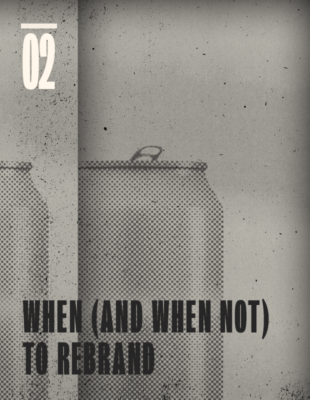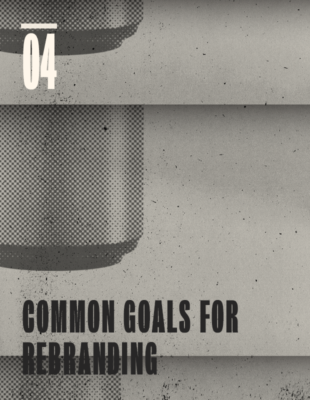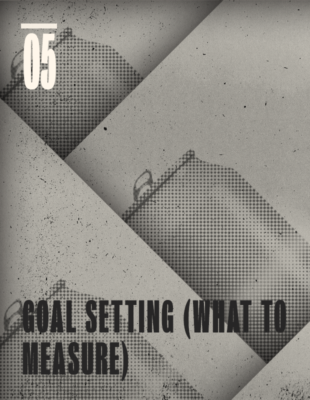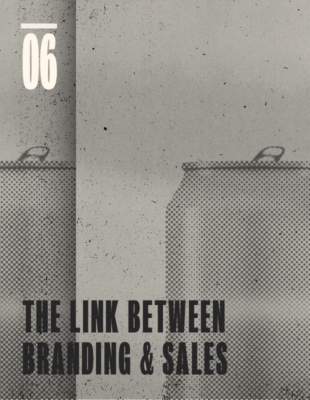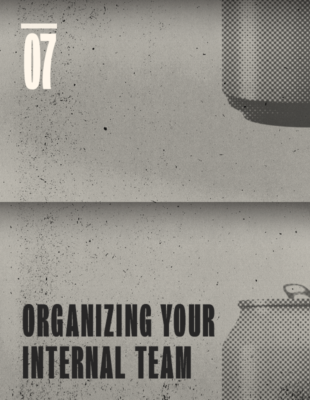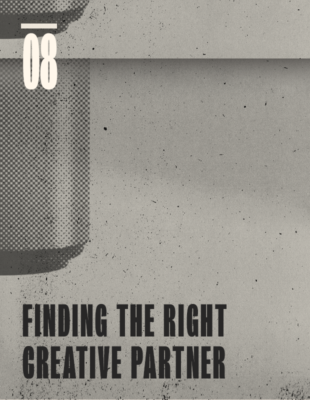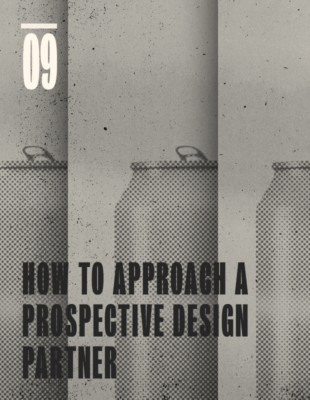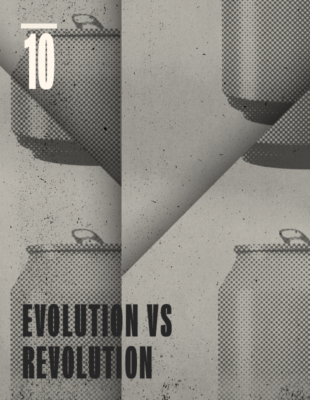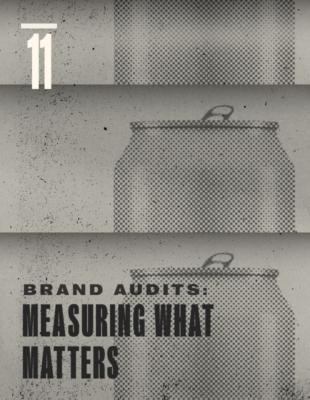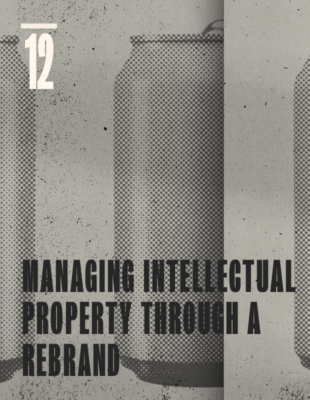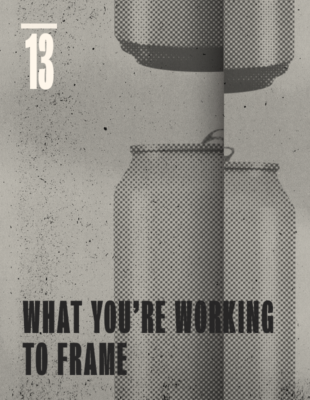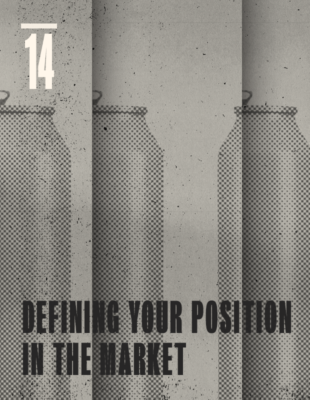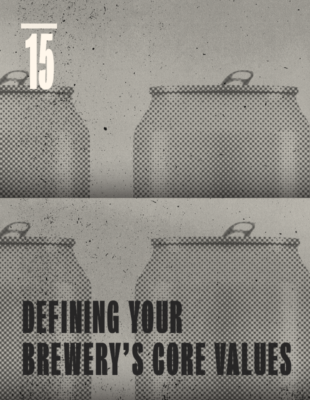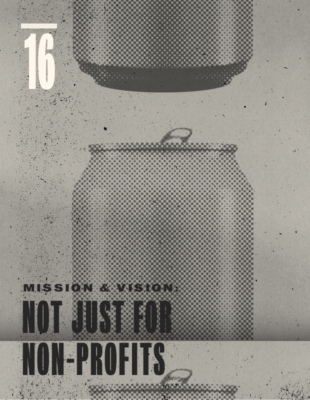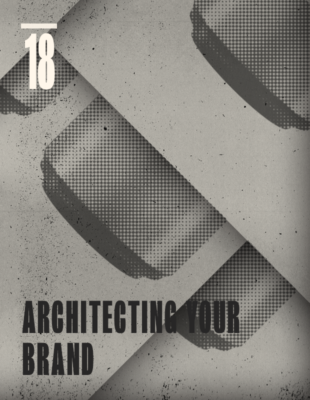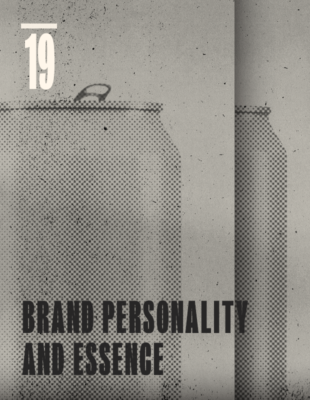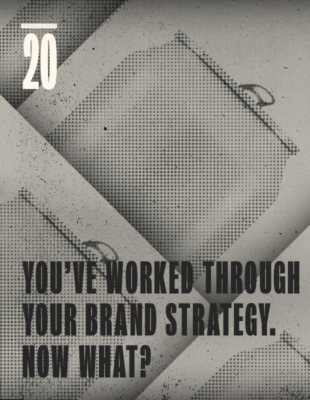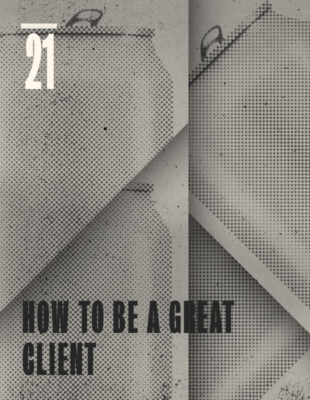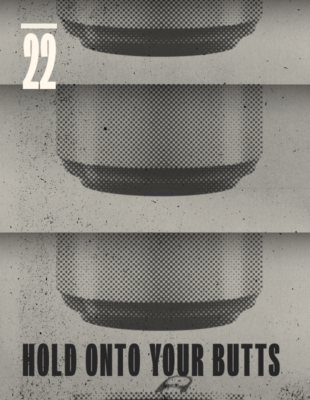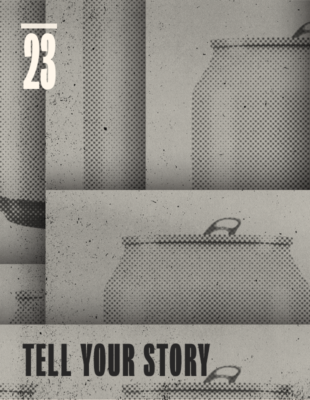
21
How to be a Great Client
At this point, you’ve set your project goals, organized your internal team, hired a design firm, weighed your brand equity and framed your brand strategy. You’ve come a long way, but we’ve still got some work to do. What happens next is the task of pulling together all of this foundational strategic work to develop your new brand identity, packaging, website, environmental design, merch and beyond.
We were initially going to leave this next section blank and say something glib like, *MIRACLE HAPPENS*—the Design Phase. But that’s not constructive.
Detailing the particulars of the identity, packaging and web design process is outside of the scope of this book (you can revisit our Craft Beer Branding Guide for that). Instead, we can offer the following thoughts on what to expect during this leg of the project, the role you should expect to play in it and how you can be the best client your design firm has ever had.
How to be a great client
Give your design firm room to work
As mentioned throughout this book, your design firm will take you through their own internal brand strategy process to kick this project off. Everything you’re framing throughout this book and workbook will provide the foundational research and leg work they need to help you revamp your brand (we’re always pumped when a brewery gives us this sort of research and information at the start of a rebrand).
This work is not a replacement for a design firm’s own process. Give them room to run the project as they see fit. And listen to them. Remember that whatever they’re doing has worked for other clients or you wouldn’t have hired them.
Trust your design partner
If your design firm uses the words, “trust us” in a presentation, then you should NOT trust them. That’s lazy and does nothing to instill confidence or illustrate their expertise. If they’re proposing an idea, they need to back it up with research and a solid rationale.
If they back up their design decisions with solid rational and map everything back to the project and messaging goals, then you should trust them and be willing listen to all the ideas they bring to the table.
Be open to being uncomfortable. You want your design firm to push you, not unnecessarily or beyond the context of the project brief and goals, but they should be championing work that will help you improve your business and sell more beer.
Both you and your design firm should have the same goals (which is to grow your business). But you are more likely to have emotional ties to your brewery in addition to your financial investment. Feeling nervous during this process is normal. You are, after all, spending loads of money and time on something that is extremely important. Lean into your design firm and work with them to create great work together.
Understand that the design process is highly iterative
We’ve found that people who have never worked with a design firm before expect a big Don Draper reveal during their first branding presentation: After several weeks of working on your brand strategy, you step into a well-appointed conference room and are presented with a glass of bourbon (nothing better at 10am). You settle into your $4,000 Eames chair and prepare to be wowed. Someone offers you a cigarette (that’s a little weird?). A well-dressed, slick-looking account man goes into a long preamble about consumer mindshare this and brand equity that before sharing The. Work. Upon seeing your new logo, you’re so overcome with joy, that you begin to weep and frantically reach for your checkbook to pay your design firm every penny they deserve. Everyone profits and the world is better for it. (Did that guy really just offer me a cigarette?)
It doesn’t work this way.
Most design projects follow the same basic structure—onboarding, brand strategy and creative brief development, concept exploration and initial sketching, presentation, taking your feedback and refining, launching and maintaining consistency. Web design and development is more involved but still follows the same basic path.
If you’re not completely over the moon after your firm’s first presentation, that’s okay because there’s still work to do. Your firm should not only be willing to hear your feedback but also encourage it before moving forward. Even if you’re completely happy and ready to sign off on what they’ve shown, any design firm worth its salt will still have some refinements they want to make before the everything launches.
How to give feedback
Designers often take for granted that our clients don’t critique visual work on a daily basis and then get frustrated when they receive unhelpful feedback. Here are some general guidelines to make sure you’re providing constructive, relevant feedback that will help keep the project moving forward while saving time, money and heartache along the way.
-
Be specific, but don’t micromanage
Bad Feedback: “It needs to pop more.”
Great Feedback: “The colors might be a bit muted for our young audience. A brighter color scheme might appeal to them and be more on brand. Also, I like your beard.” -
Keep feedback focused on specific goals, not personal taste
Nothing is more frustrating than when a client gives feedback that doesn’t tie to the project’s goals. It’s like saying, “I like turtles,” when asked how a six-pack carrier looks on shelf.Bad Feedback: “I don’t like purple. Why is my logo purple?”
Great Feedback: “I’m not sure of this helps to achieve our goal of positioning ourselves as the outdoorsy beer brand because purple looks too fancy.”Don’t forget those customer personas you created back in Chapter 17. Keep these on hand so you can think about how that person would receive a certain design direction.
-
Tell your design firm what’s not working but not how to fix it
If you’re not digging something, tell your design firm what isn’t sitting right and why it isn’t quite there yet (in terms of project goals). However, you shouldn’t try to tell them how to fix it. You’re paying them for this, let them earn that money and figure it out with you.You should be involved in the process. But realize that you have hired experts. You wouldn’t tell your doctor how to operate on your knee. Don’t tell your branding firm how to tweak a typeface that they’re proposing for your logo—this is their stock in trade.

